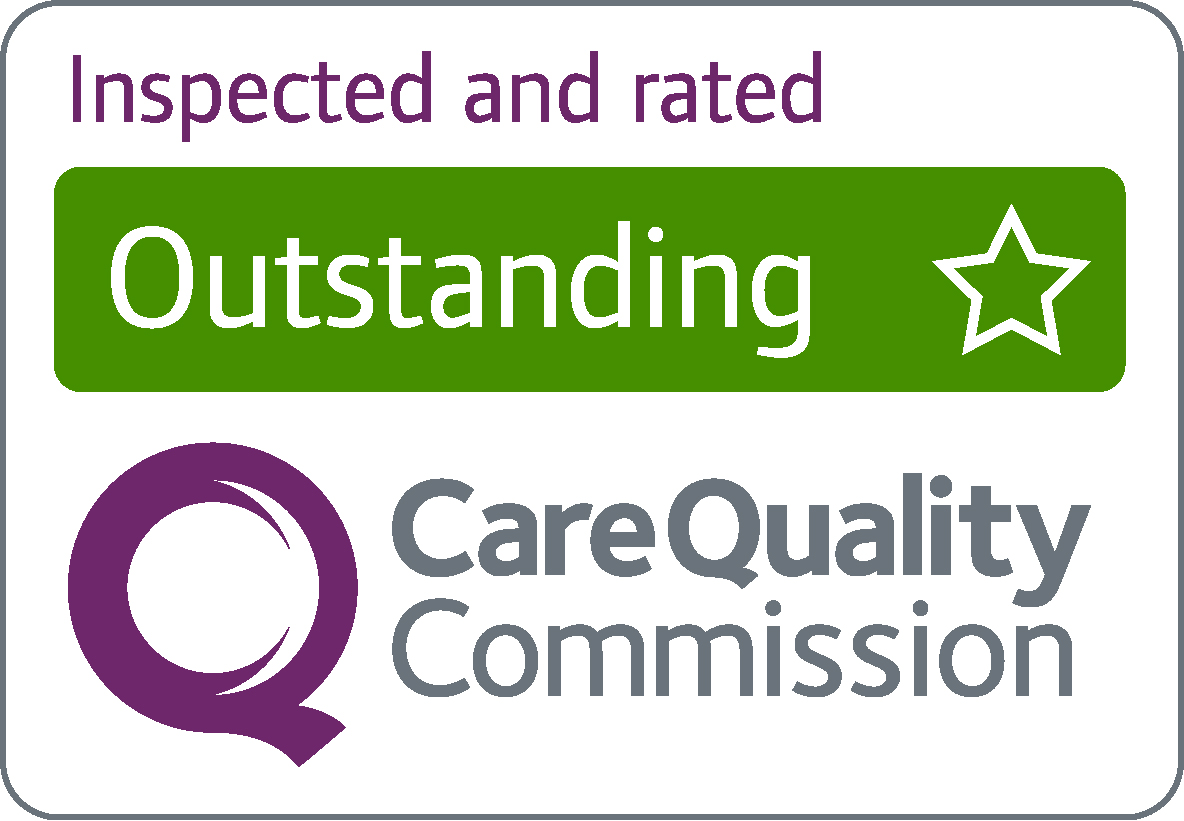Cradle cap
The main symptom of cradle cap is patches of greasy, scaly skin.
It's usually found on the scalp and face, but sometimes affects the nappy area and areas where the skin creases. It can look like:
- patches of white or yellow greasy scales on the scalp and face that form a crust which might flake off
- small, dry flakes of skin on the nappy area
The scales look similar on all skin tones. But the skin under and around the scales may look pink or red if your baby has white skin, or lighter or darker than the surrounding skin if your baby has brown or black skin.
It is not itchy or painful and does not bother your baby.
The cause of cradle cap is not clear, but it cannot be caught from other babies.
There are some things you can do that can help remove cradle cap.
Your baby's hair may come away with the scales. Do not worry if this happens as it will soon grow back.
Do
lightly massage an emollient (moisturiser) or coconut oil on to your baby's scalp to help loosen the scales
gently brush your baby's scalp with a soft brush and then wash it with baby shampoo
bath your baby regularly using water and an emollient instead of soap if scales appear on other areas of the body
change wet or dirty nappies as soon as possible and apply a barrier cream to protect the skin if scales are on the bottom or nappy area
Don't
do not use olive oil, it may not be suitable for use on skin
do not use peanut oil (because of the allergy risk)
do not use soap, adult shampoos or products containing fragrance or perfume
do not pick crusts because this can increase the chance of infection
You can ask a pharmacist about:
- an emollient you can use on your baby's scalp
- unperfumed baby shampoos
- barrier creams to use on your baby's nappy area, if it's also affected
See a GP if:
- your baby's cradle cap does not get better after a few weeks of treatment
- your baby has cradle cap all over their body
- the crusts bleed or leak fluid
- the affected areas look swollen
Bleeding, leaking fluid and swelling could be signs of an infection or another condition like atopic eczema or scabies.
